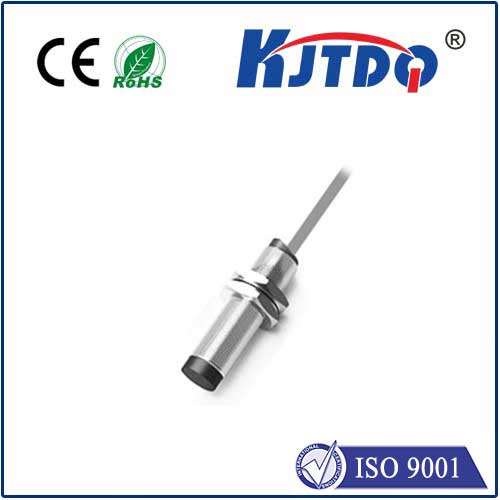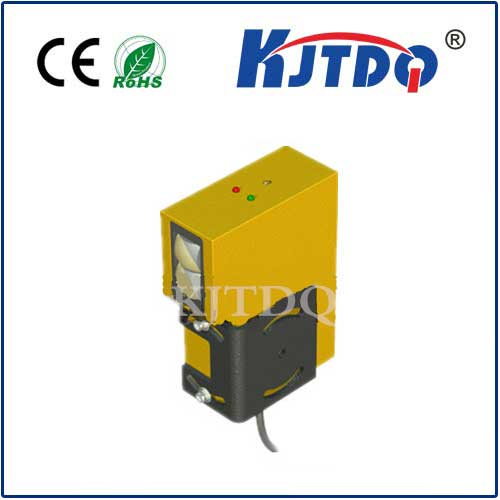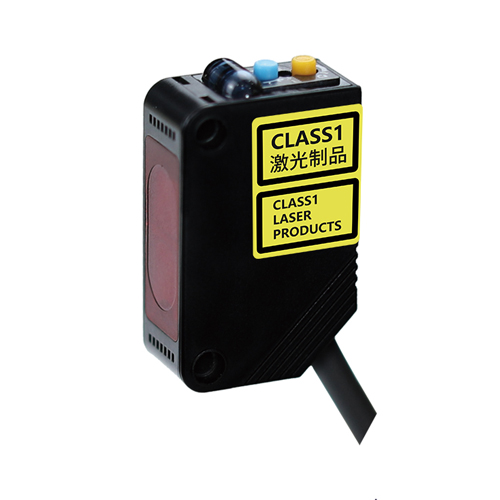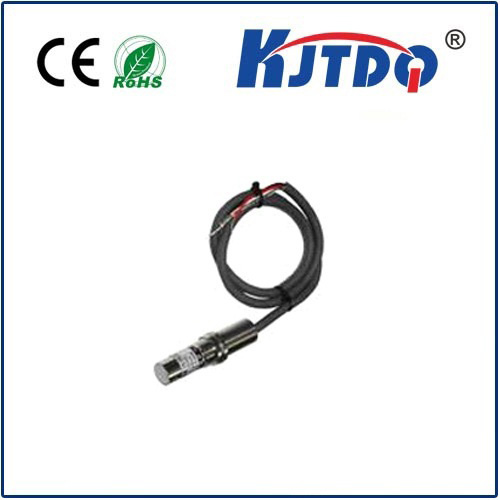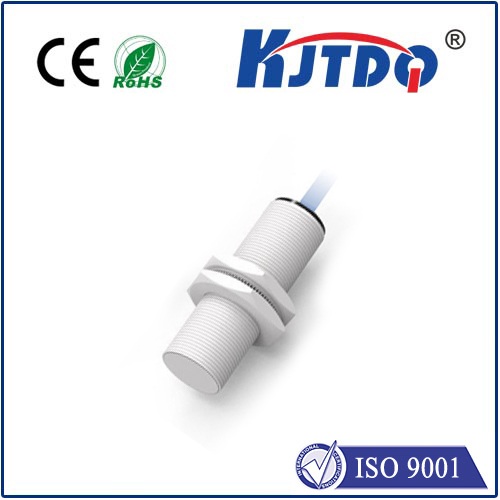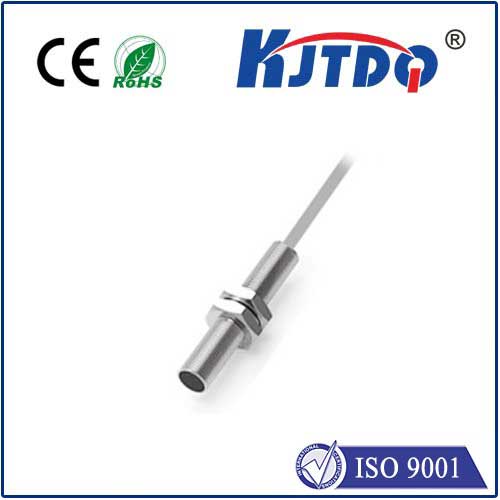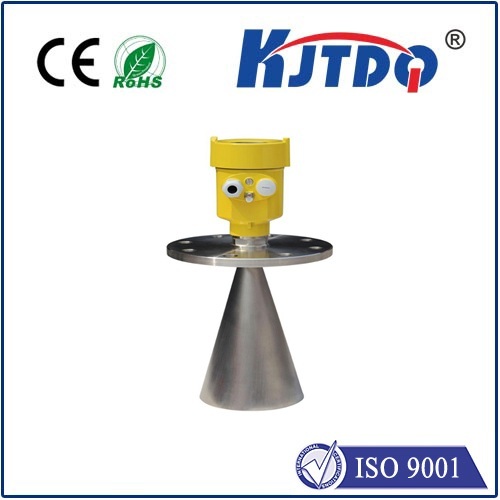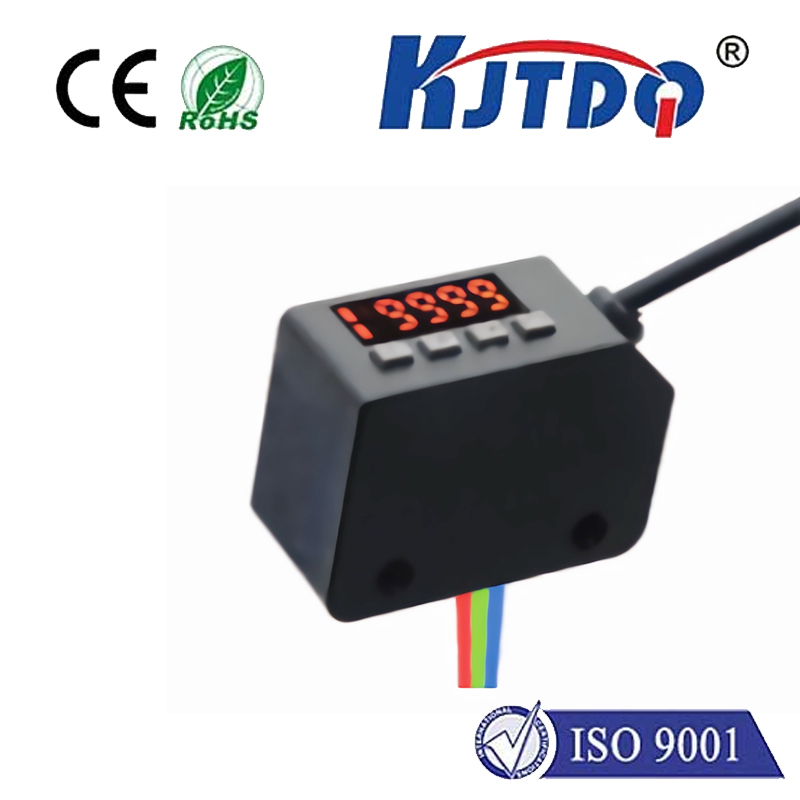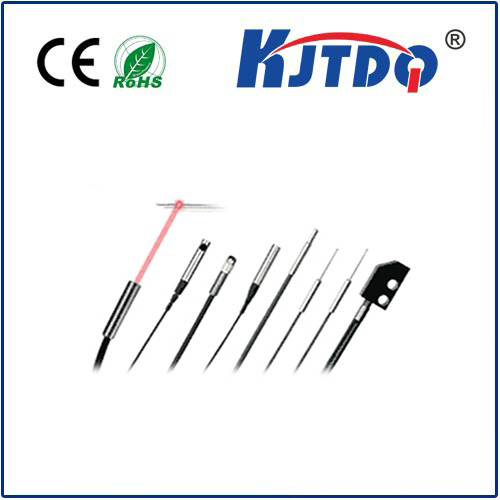Ever bumped into furniture in the dark? Or wished your robot could sense obstacles before a collision? Infrared (IR) proximity sensors offer a remarkably accessible solution, and pairing them with Arduino opens a world of interactive possibilities. These compact, cost-effective modules are fundamental building blocks in electronics projects, enabling devices to “see” nearby objects without physical contact. Whether you’re a hobbyist, student, or prototyping enthusiast, understanding how to integrate an IR proximity sensor with Arduino is a valuable skill. This guide dives deep into the practicalities, demystifying the process from wiring to coding.
Understanding the IR Proximity Sensor: How It “Sees”
At its core, an IR proximity sensor operates on a simple principle: emit infrared light and detect its reflection. Here’s the breakdown:
Key Sensor Specifications to Consider
When selecting an IR sensor module (common examples include the FC-51 or TCRT5000 variants), pay attention to:

Step-by-Step: Wiring Your IR Sensor to Arduino
Wiring is refreshingly straightforward, requiring only three connections. Here’s the standard configuration:
Powering Up and Adjusting Sensitivity
Once wired, power up your Arduino (via USB or external power). Most IR proximity sensor modules feature:
Programming Your Arduino: Making Sense of the Signal
The Arduino code needs to do one primary thing: read the digital state of the pin connected to the sensor’s OUT signal and react accordingly. Below is a fundamental example you can upload to your Arduino IDE:
const int sensorPin = 2; // Digital Pin connected to sensor OUT
const int ledPin = 13; // Built-in LED (or use an external LED + resistor)
void setup() {
pinMode(sensorPin, INPUT); // Configure sensor pin as INPUT
pinMode(ledPin, OUTPUT); // Configure LED pin as OUTPUT
Serial.begin(9600); // Start serial communication for debugging
}
void loop() {
// Read the digital state of the sensor pin (LOW usually means object detected)
int sensorState = digitalRead(sensorPin);
// Output sensor state to Serial Monitor
Serial.print("Sensor State: ");
Serial.println(sensorState);
// Control LED based on detection: Light on when object is detected (sensorState LOW)
if (sensorState == LOW) {
digitalWrite(ledPin, HIGH); // Turn LED ON
Serial.println("Object Detected!");
} else {
digitalWrite(ledPin, LOW); // Turn LED OFF
Serial.println("No Object");
}
delay(100); // Small delay for readability & stability
}
Understanding the Code:
sensor input and led output.setup():sensorPin as an INPUT to read the sensor’s signal.ledPin as an OUTPUT to control the LED.Serial.begin(9600)) to display the sensor state in the Arduino IDE’s Serial Monitor (Tools -> Serial Monitor).loop():digitalRead(sensorPin): Reads the current voltage level on the sensor pin, returning HIGH (~5V) or LOW (~0V).if (sensorState == LOW) { ... }: This is the critical detection logic. Check your specific module’s datasheet! Most common modules output LOW when an object is detected and HIGH when nothing is detected. The code turns the LED ON (digitalWrite(ledPin, HIGH)) when detection (LOW) occurs.delay(100);: Adds a slight pause (100 milliseconds) between readings to make Serial Monitor output readable and stabilize the loop.Opening the Serial Monitor: A Vital Debugging Tool
After uploading the sketch, open the Arduino IDE’s Serial Monitor (Tools -> Serial Monitor, set baud rate to 9600). As you place an object in front of the sensor and remove it, you’ll see messages like “Sensor State: 1” (HIGH, no object) and “Sensor State: 0” (LOW, object detected), along with the corresponding “No Object” or “Object Detected!” text. **This is essential for verifying your sensor
